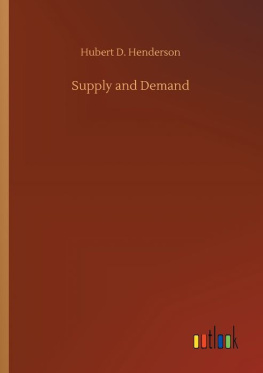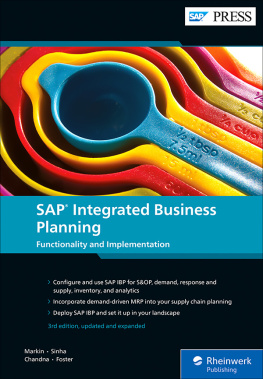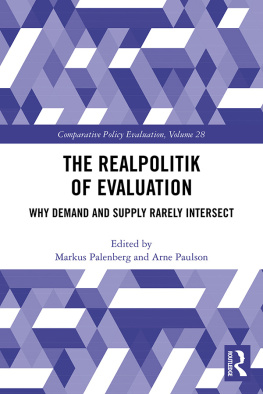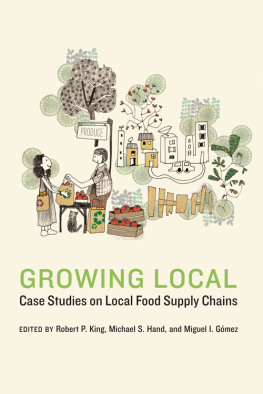
Published in 2020 by Cavendish Square Publishing, LLC
243 5th Avenue, Suite 136, New York, NY 10016
Copyright 2020 by Cavendish Square Publishing, LLC
First Edition
No part of this publication may be reproduced, stored in a retrieval system, or transmitted in any form or by any meanselectronic, mechanical, photocopying, recording, or otherwisewithout the prior permission of the copyright owner. Request for permission should be addressed to Permissions, Cavendish Square Publishing, 243 5th Avenue, Suite 136, New York, NY 10016. Tel (877) 980-4450; fax (877) 980-4454.
Website: cavendishsq.com
This publication represents the opinions and views of the author based on his or her personal experience, knowledge, and research. The information in this book serves as a general guide only. The author and publisher have used their best efforts in preparing this book and disclaim liability rising directly or indirectly from the use and application of this book.
All websites were available and accurate when this book was sent to press.
Library of Congress Cataloging-in-Publication Data
Names: Owoeye, Erica, author.
Title: Understanding supply and demand / Erica Owoeye.
Description: New York: Cavendish Square, [2020] |
Series: 21st-century economics | Audience: Grades 7-12. |
Includes bibliographical references and index.
Identifiers: LCCN 2018057078 (print) | LCCN 2018057439 (ebook) |
ISBN 9781502646101 (ebook) | ISBN 9781502646095 (library bound) |
ISBN 9781502646088 (pbk.)
Subjects: LCSH: Supply and demand--Juvenile literature. |
Economics--Juvenile literature.
Classification: LCC HB801 (ebook) | LCC HB801 .O96 2020 (print) |
DDC 338.5/21--dc23
LC record available at https://lccn.loc.gov/2018057078
Editorial Director: David McNamara
Editor: Chetla Sebree
Copy Editor: Nathan Heidelberger
Associate Art Director: Alan Sliwinski
Designer: Joe Parenteau
Production Coordinator: Karol Szymczuk
Photo Research: J8 Media
The photographs in this book are used by permission and through the courtesy of: Cover image, Robert Cicchetti/.
Printed in the United States of America
CONTENTS
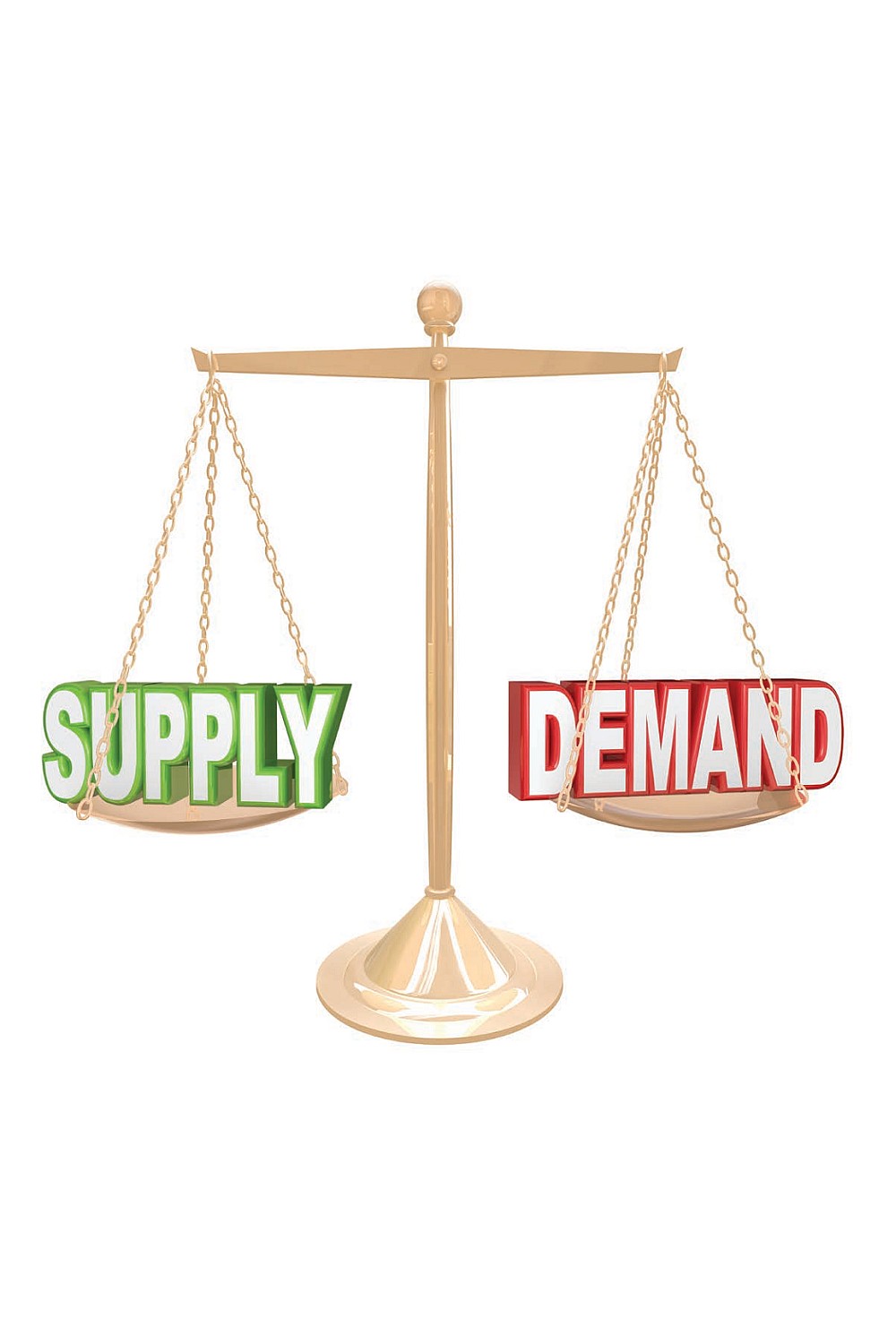
Supply and demand work together. Several factors go into bringing the two into balance.
INTRODUCTION
GOODS AND SERVICES
T he wealth and resources of a country or region, especially in terms of the creation and usage of goods and services, make up its economy. Economics is a social science that focuses on how people use their limited resources. It is the study of the production, distribution, consumption, and transfer of wealth in society. The law of supply and demand is one of the most important principles of economics.
The Law of Supply and Demand
Supply and demand represent the amount of goods and services available in comparison to the amount of goods and services people want to purchase. The law of supply and demand is a main factor in determining the price of goods and services. If a product is in high demand and a manufacturer has a limited supply, the company can charge more for it. People will be willing to pay a high price to get their hands on the item. Similarly, if demand for a product is low, then the manufacturer may have to lower its prices to lure customers.
When we think of supply and demand, we often think of products we can purchase, like electronics, food, or clothing. A manufacturer decides how much of its product to make based on the demand of consumers. The creator of the product might also base supply decisions on how he wants his product or brand to be perceived. For instance, if he wants the item to be exclusive or considered a luxury item, he may only make a small quantity. This way, he can sell his limited product for a higher price.
Similarly, a service provider focuses on the efficiency and availability of its service. Its prices change depending on the demand of consumers. If there are four nail salons in a tiny town, each salon will have to keep its prices low to be competitive. Since there is a high supply of the service, the individual providers need to do their best to attract customers.
Different Types of Goods and Services
There are many different ways that goods and services are affected by supply and demand. For instance, club goods are affected by supply and demand. Club goods are those that many people can use at once but that some can be excluded from using. This exclusion can be because of capacity. For instance, only a certain amount of people can fit in an amusement park. People might be excluded from the park simply because it has reached the maximum amount of people allowed in the park that day. With these club goods, a discount is usually offered to attract customers at times when demand is expected to be low. However, there may be periods of time when customers arent allowed to use these discounts because the demand is expected to be high. So, for instance, an amusement park may offer discounts during the winter months to attract customers. However, in the summer, people cannot use these discounts because the amusement park owners know there will be more than enough people who will come during the warmer months.

Loyalty cards can provide discounts. However, sometimes a company decides customers cant use specific benefits. Often, these decisions are the result of supply and demand.
Similarly, common goods are another type of good affected by supply and demand. Water is an example of a common good. Although it may not seem like it, common goods still have a limited supply. These goods are in high demand, and their common use leads to their depletion. In order to protect their supply, changes must be made to adjust the way they are used. Often, government agencies like the Environmental Protection Agency (EPA) are involved in managing the supply and demand of common goods through laws.
Supply and demand also affect assets, or valuables that people own, such as real estate. Demand for these assets can increase or decrease sharply based on a variety of factors, including peoples incomes. Peoples incomes are affected by the job market. When a specific set of skills is desired by businesses, the amount they are willing to pay for those skills will go up. This drives up the supply of these skills as people work to acquire them to earn higher salaries. As people have higher salaries, they are more willing to spend money on big-ticket items such as homes.
We will dive deeper into some of these examples of supply and demand in the first chapter.

On Black Friday and days on which popular products are released, crowds of people line up to be the first to purchase the products. These crowds reflect an increase in demand.

Most things for sale or purchase are affected by the law of supply and demand, from food and haircuts to cars and houses.
CHAPTER 1
DEFINING SUPPLY AND DEMAND
S upply refers to how much of something the market can offer. It is the quantity of a good or service available at a specified price. A number of influences can determine supply. Similarly, a number of factors go into determining the demand for a good or service. Demand refers to how much of something buyers want or are willing to purchase.


